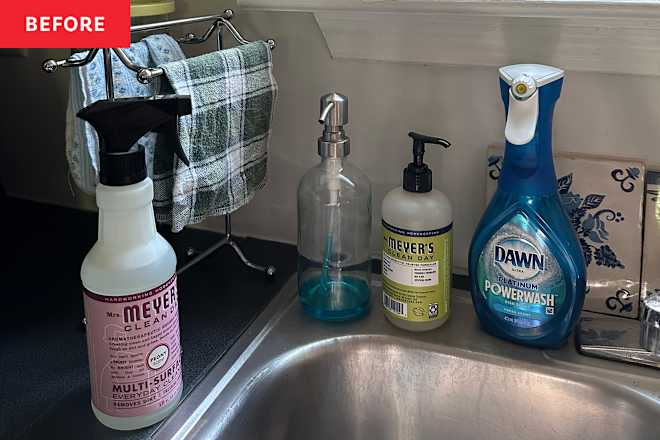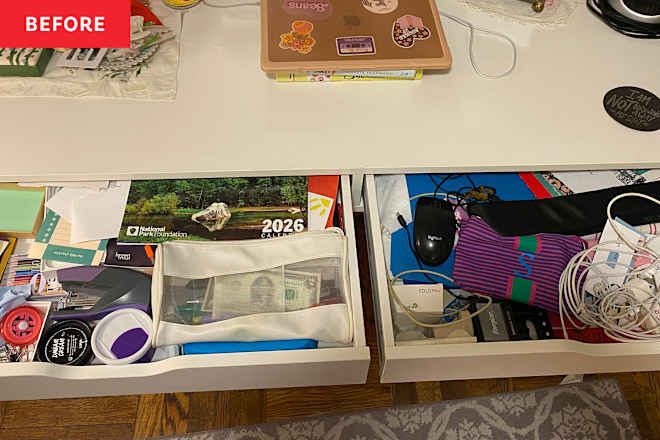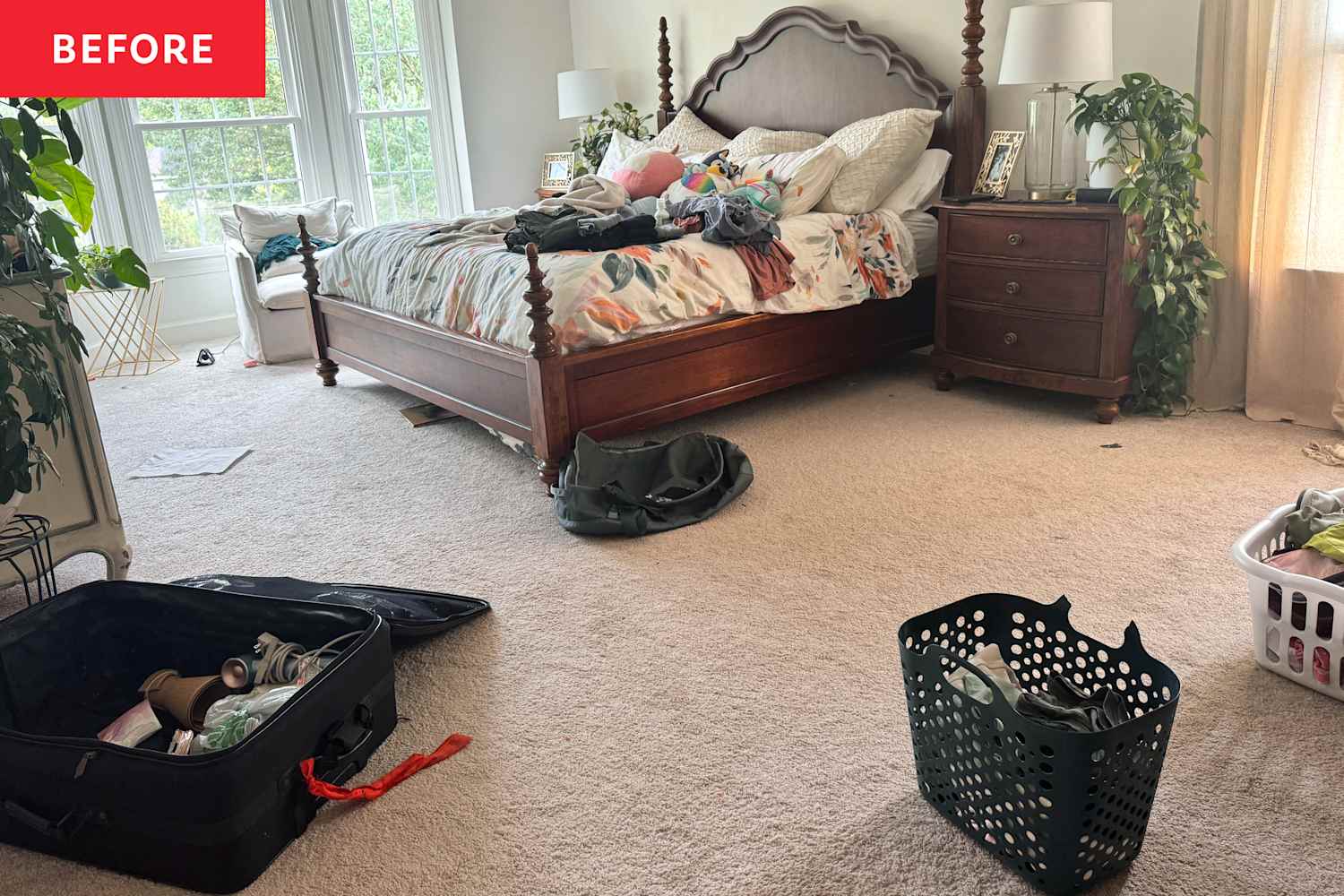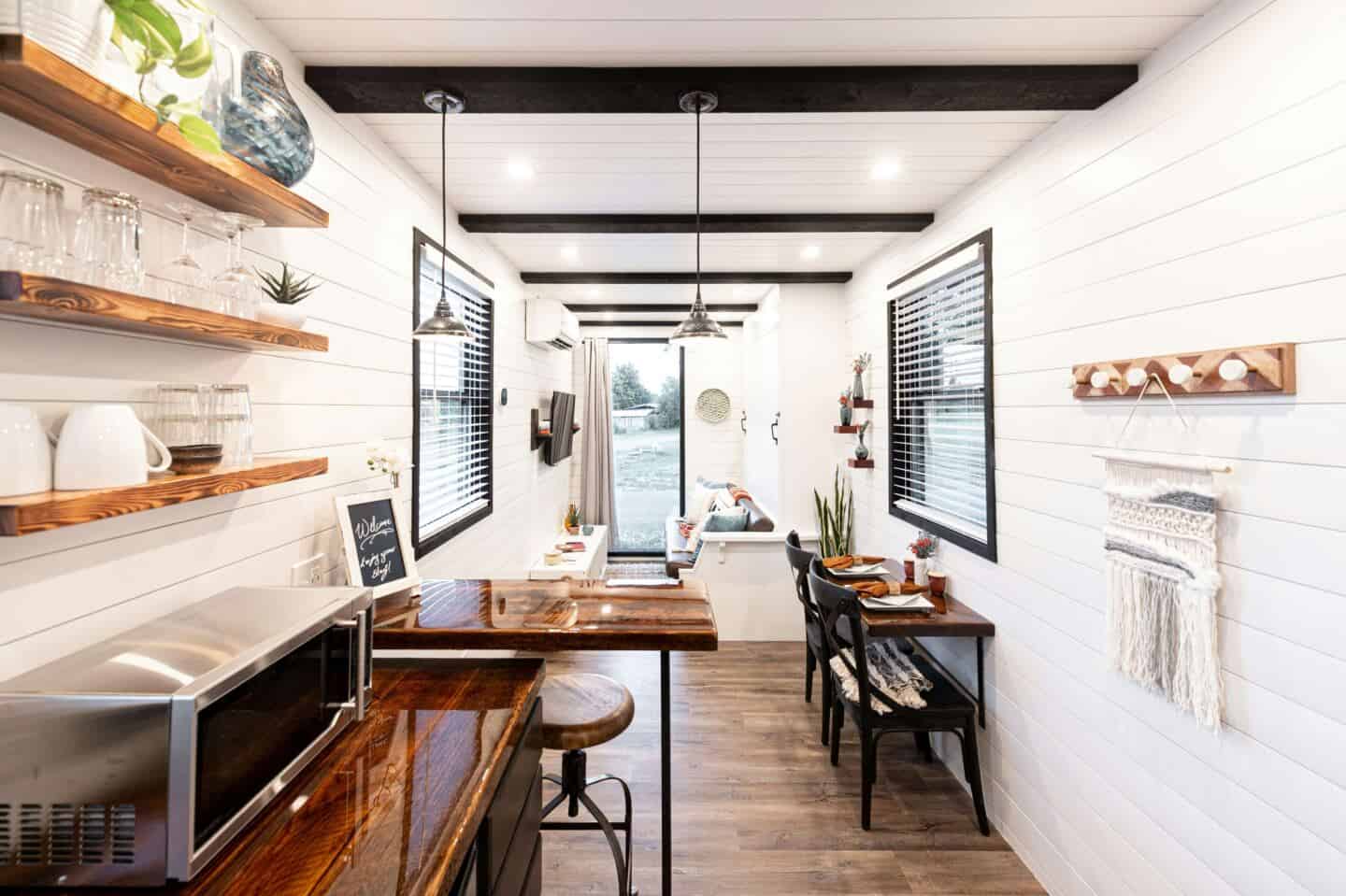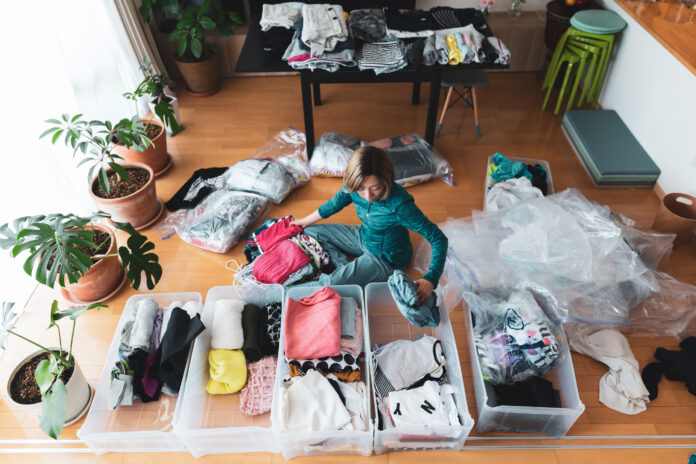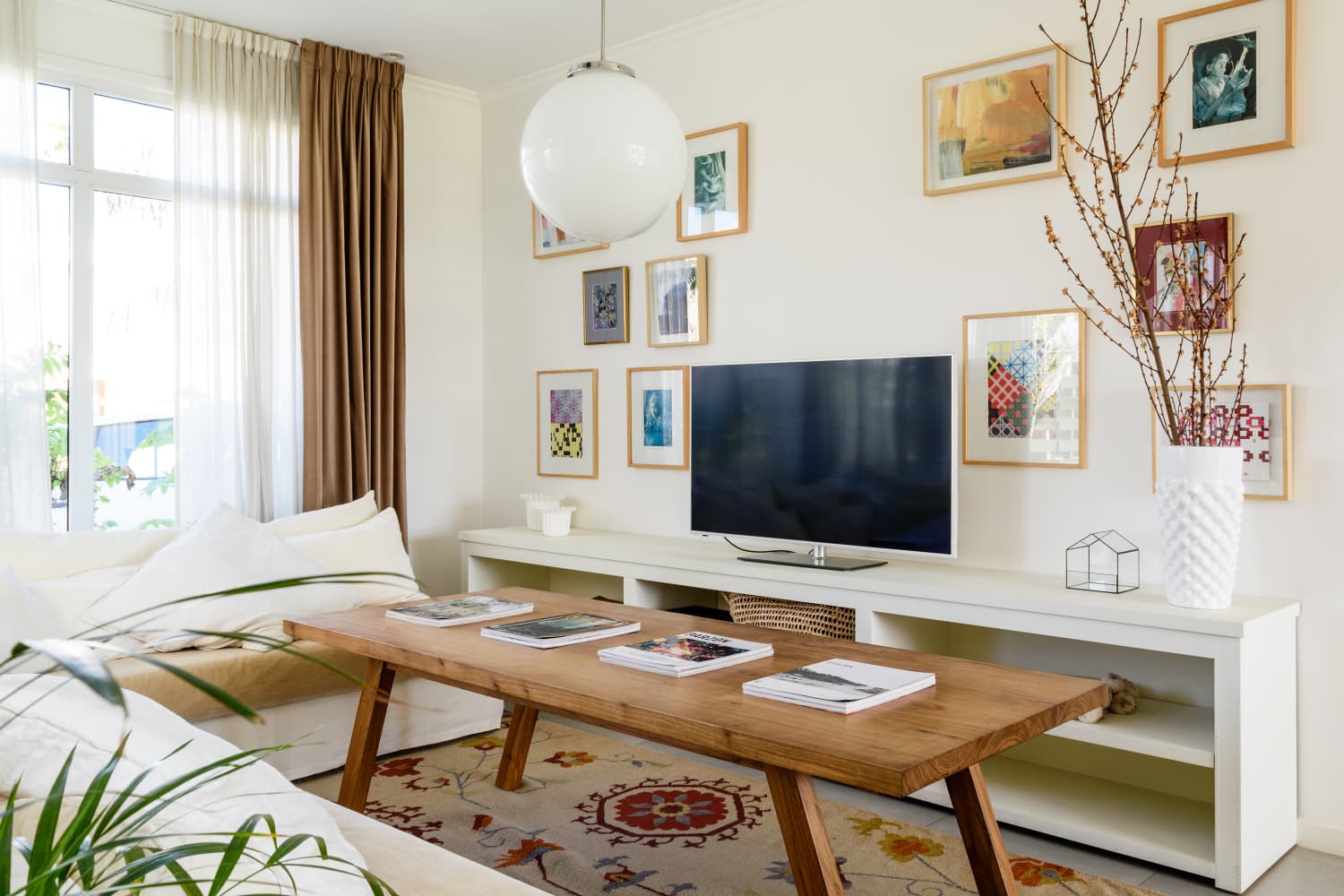decluttering
I Showed a Pro Organizer My Cluttered Desk Drawers, and She Fixed Them Instantly
And I didn’t spend a dime! READ MORE…
I Tried the “Hushing the House” Decluttering Method on My Dining Room
I’m so happy with the results. READ MORE…
I Followed the “3-30” Rule, and It Went Better Than Expected
We independently select these products—if you buy from one of our links, we may earn a commission. All prices were accurate at the time of publishing. In an ideal world, I reshuffle my plan for taking care of household responsibilities before the kids are home all day every day once school’s out in the summer. … Read more
How to Declutter Your Home One Gentle Step at a Time
Hand’s up if you’ve been asking yourself how to declutter your home this spring! There’s something about spring that stirs up the urge for a refresh. The light changes and we can open the windows a little wider to let fresh air circulate. But we also begin to notice the things that have quietly piled … Read more
How to Make Impactful Upgrades for Your Small Home
Photo of a small home by Jed Owen on Unsplash I live in a really small home. It’s a small two-bedroom flat and with two tween daughters, we really have to make the most of every square inch. It’s not easy at all and it is getting more difficult with every year that passes as … Read more
Follow This Advice If You’re Nervous About Tossing Something
Traditional decluttering wisdom dictates that you have four options when undertaking an out-with-the-old project: to keep, donate, sell, or trash. But the process of downsizing is so much more emotional than that. No, it’s not practical to save everything that’s ever belonged to you, your children, or your late loved ones. But items like birthday … Read more
A Pro Organizer’s 3-Step Process to Declutter Any Space in 20 Minutes
This 20-minute method might help if you feel similarly averse to making so many decisions at one time. For more content like this follow Organize & Clean Step 1: Choose a space and set your goal Choosing the space is the easy part: just make it small and manageable. For instance, choose one drawer, not … Read more
Guide to Decluttering Your Home: Checklist & Where to Donate Items
Credit: Susumu Yoshioka / Getty Images Do you feel like you have too much stuff? You’re not alone: It’s undeniable: Americans are drowning in stuff. The rise of fast fashion, “fast furniture,” and wasteful habits have all contributed to this problem. And yet, there are many families in need that cannot afford basic necessities like … Read more
5 Decluttering Tricks That Don’t Actually Work (and 5 That Do)
Mary Cornetta Mary Cornetta has been in the professional organizing industry for over 5 years. She knew she had a passion for decluttering and organization upon graduating Marist College in 2007. Mary founded Sort and Sweet Inc., a professional organizing company, on Long Island in 2017, and has worked with hundreds of clients to clear … Read more
